Here we want to talk a little about the benefits you could gain from hemp fabric and inform you about some of its uses. Also, we are going to discuss the most frequently asked questions about hemp. Despite being one of the most adaptable natural fibers on the planet, hemp is still not very well-liked by customers. Although hemp offers numerous advantages for our health and the environment, some myths impede people from using this wonderful fabric. We want to break down these obstacles so you may benefit fully from wearing hemp apparel. In this post, you may learn more about the characteristics of hemp fiber and how it differs from materials like cotton. You'll discover what makes this plant so special, why the sustainable fashion business should use it more frequently, and how using it could improve your wardrobe and the environment. 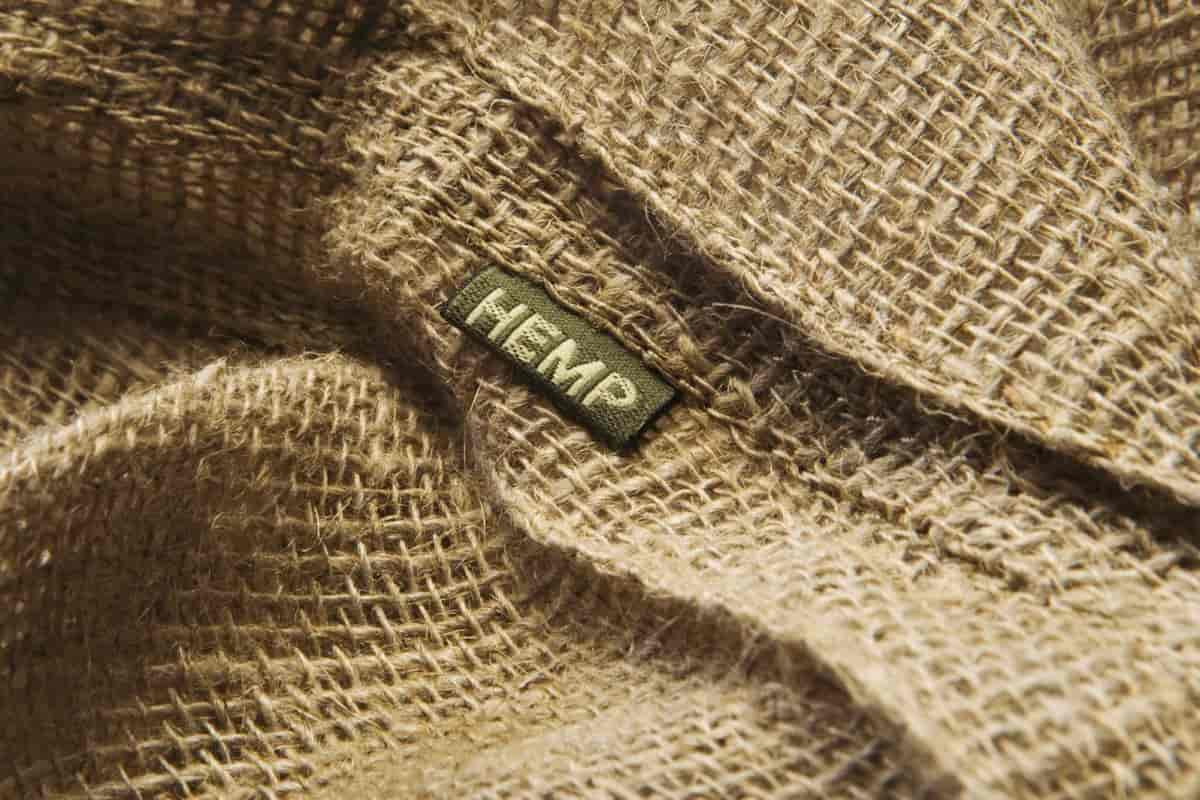 Continue reading to learn more about the advantages of wearing hemp clothing. You'll be surprised by some of the fascinating information we've gathered regarding hemp-based products. What is hemp and what are its uses? One variety of the Cannabis Sativa plant is hemp. It has amazing industrial uses because it is employed in the production of a variety of goods, including textiles, oils, food, building materials, and much more. Hemp served as one of the most significant crops for mankind up to the 20th century. China seems to be the country with the oldest continuous hemp farming (over 6000 years). Hemp has been grown in France, Spain, and Chile for at least 700 years. The first plant that was likely grown for textile material was hemp. The fibrous stem of the plant shouldn't have more than 0.3 percent THC and has nearly no THC at all. Marijuana is not hemp First off, hemp is a non-psychoactive plant. Additionally, hemp is legal, unlike marijuana. Industrial hemp cultivation and production are now allowed in all 50 states according to the 2018 Farm Bill. While being a lawful crop and fabric, hemp has a negative reputation due to its affiliation with marijuana. Additionally, hemp is closely associated with hippie culture because of its inherent eco-friendliness. In this subculture, using drugs is practically a given. How is hemp cloth manufactured? The plant's stem is made up of long strands that are used to make hemp fabric. By using a technique called retting, these fibers are extracted from the bark and then spun with each other to produce a continuous thread that can be woven into textiles. For 4-6 weeks, the plants are allowed to ret in the field, allowing the pectin to be naturally removed by the environment.
Continue reading to learn more about the advantages of wearing hemp clothing. You'll be surprised by some of the fascinating information we've gathered regarding hemp-based products. What is hemp and what are its uses? One variety of the Cannabis Sativa plant is hemp. It has amazing industrial uses because it is employed in the production of a variety of goods, including textiles, oils, food, building materials, and much more. Hemp served as one of the most significant crops for mankind up to the 20th century. China seems to be the country with the oldest continuous hemp farming (over 6000 years). Hemp has been grown in France, Spain, and Chile for at least 700 years. The first plant that was likely grown for textile material was hemp. The fibrous stem of the plant shouldn't have more than 0.3 percent THC and has nearly no THC at all. Marijuana is not hemp First off, hemp is a non-psychoactive plant. Additionally, hemp is legal, unlike marijuana. Industrial hemp cultivation and production are now allowed in all 50 states according to the 2018 Farm Bill. While being a lawful crop and fabric, hemp has a negative reputation due to its affiliation with marijuana. Additionally, hemp is closely associated with hippie culture because of its inherent eco-friendliness. In this subculture, using drugs is practically a given. How is hemp cloth manufactured? The plant's stem is made up of long strands that are used to make hemp fabric. By using a technique called retting, these fibers are extracted from the bark and then spun with each other to produce a continuous thread that can be woven into textiles. For 4-6 weeks, the plants are allowed to ret in the field, allowing the pectin to be naturally removed by the environment. 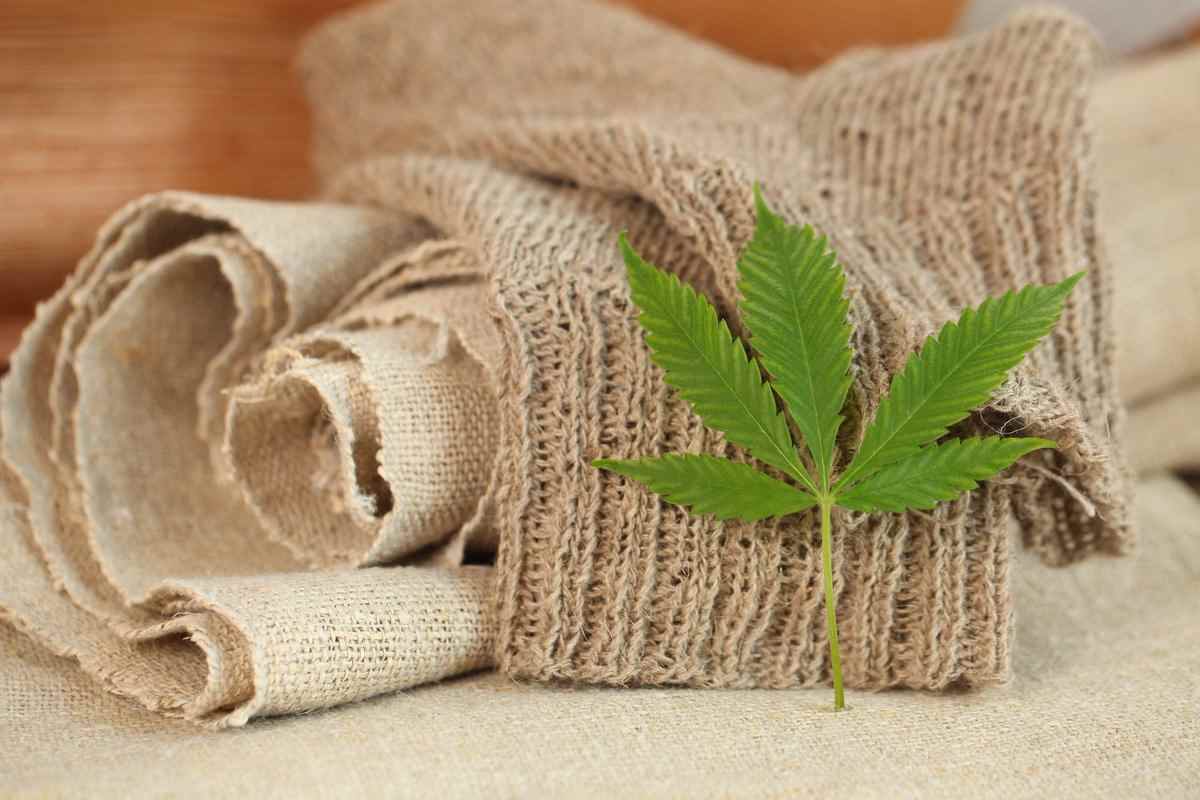 The woody core and fiber exterior of the hemp stems are then separated by baling them like hay. The bast fibers are then separated into strands and cleaned. Then, manufacturers can use the steam explosion to transform unprocessed hemp into a woven yarn. After the steam explosion, the hemp is prepared to be spun into thread and woven into textiles. The texture of pure hemp fiber is comparable to that of cotton. Additionally, it can be used with other organic fibers to create clothing with the durability of hemp and the tenderness of cotton or bamboo. Hemp fabric is cozy, strong, and environmentally friendly because it is made completely of natural fibers. The substance is also antimicrobial, anti-static, and hypoallergenic. Let's go on to the full list of advantages of wearing hemp apparel. The benefits of hemp clothing:
The woody core and fiber exterior of the hemp stems are then separated by baling them like hay. The bast fibers are then separated into strands and cleaned. Then, manufacturers can use the steam explosion to transform unprocessed hemp into a woven yarn. After the steam explosion, the hemp is prepared to be spun into thread and woven into textiles. The texture of pure hemp fiber is comparable to that of cotton. Additionally, it can be used with other organic fibers to create clothing with the durability of hemp and the tenderness of cotton or bamboo. Hemp fabric is cozy, strong, and environmentally friendly because it is made completely of natural fibers. The substance is also antimicrobial, anti-static, and hypoallergenic. Let's go on to the full list of advantages of wearing hemp apparel. The benefits of hemp clothing:
- Hemp is a sustainable textile
A very eco-friendly crop is hemp. Although it doesn't need a lot of water or pesticides, each growth cycle renews the soil. Its deep roots help to reduce erosion. In most temperate climates, hemp is abundant. The need for water usage is far less than that of other crops. Therefore, switching to hemp clothing and encouraging its development are fantastic ways to conserve water. Almost any sort of soil is suitable for growing hemp. It does not reduce the nutrients or other attributes of the soil. It helps with the recovery of some essential vitamins that might have been lost in the past. As a farmer, you can grow hemp in multiple cycles on the same land, and you can also plant it as a crop rotation crop.  Hemp has a built-in resistance to pests. Additionally, because the shedding of the leaves provides the soil with sufficient nutrition, fertilizers are not needed. When it comes to growth, hemp also moves very quickly. Around 120 days after sowing, it is ripe for harvesting. Like bamboo, hemp can grow in almost any place. Because the hemp plant thrives in tropical or mildly frigid climates, the United States is an excellent growing region for hemp. As a crop, hemp helps to lower CO2 emissions by absorbing carbon dioxide from the atmosphere. Hemp can absorb 1.62 tons of CO2 for every ton grown. And finally, hemp is a sustainable substance. While every commodity has a shelf life, as evidenced by the different landfills we leave behind, not all products are permanently lost. Because hemp is biodegradable, clothing made of it may be recycled into new hemp.
Hemp has a built-in resistance to pests. Additionally, because the shedding of the leaves provides the soil with sufficient nutrition, fertilizers are not needed. When it comes to growth, hemp also moves very quickly. Around 120 days after sowing, it is ripe for harvesting. Like bamboo, hemp can grow in almost any place. Because the hemp plant thrives in tropical or mildly frigid climates, the United States is an excellent growing region for hemp. As a crop, hemp helps to lower CO2 emissions by absorbing carbon dioxide from the atmosphere. Hemp can absorb 1.62 tons of CO2 for every ton grown. And finally, hemp is a sustainable substance. While every commodity has a shelf life, as evidenced by the different landfills we leave behind, not all products are permanently lost. Because hemp is biodegradable, clothing made of it may be recycled into new hemp.
- The qualities of hemp clothes are outstanding
Fabric made of hemp is robust and long-lasting. It is really kind to the skin. Tees made of hemp are incredibly breathable. The fabric is incredibly easy to color and effectively wicks away sweat. It does not simply become worn out or change shape even after several washes. Additionally, it gets softer and smoother with each wash. Let's now examine the characteristics of hemp clothes in further detail:
- Antimicrobial
Because hemp has such strong antibacterial properties, it can outlast other textile fibers like cotton, polyester, etc. Hemp breathes easily, preventing odors, and is resistant to the growth of microorganisms. 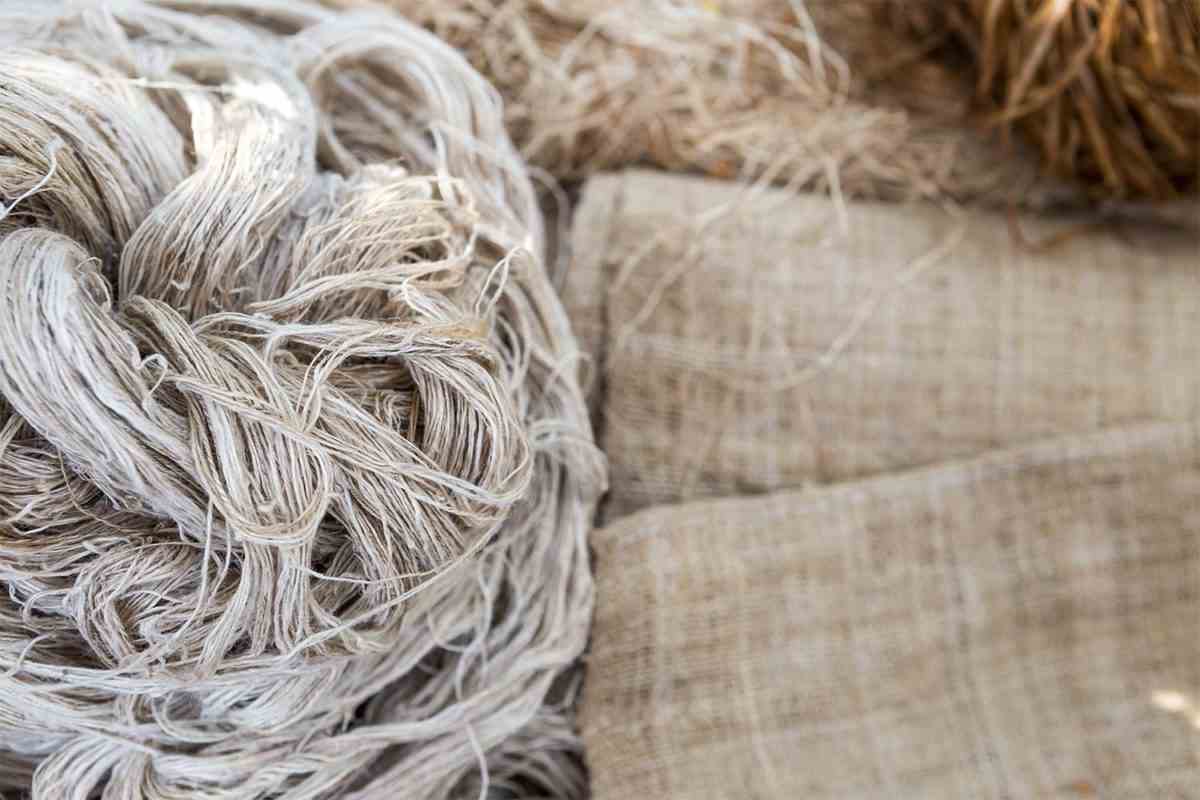
- Breathable
Hemp fabric breathes nicely because it is made of natural fibers. Additionally, it swiftly wicks away moisture, making it perfect for summer apparel. Because hemp clothing allows air to pass through the fabric, it also helps you stay cool when exercising.
- Strong and Resilient
3 to 4 times as strong as cotton, hemp fiber is used to make garments. It sets hemp textiles apart from other fabrics and is one of their distinctive qualities. The durability and strength of the clothes are related to their true value.
- UV security
Hemp naturally blocks UV rays, protecting your skin from them. The clothing's surface material is closely woven to prevent sunlight from penetrating it.
- Water-absorbent
Hemp will hold dye better than linen and prevent color fading due to its water absorption properties. The permeable nature of hemp helps you stay cool in the summer. This can keep you cozy like bamboo and wool in colder climates.
- Biodegradable
In contrast to the hundreds of decades, it will take for polyester clothing to disintegrate, hemp garments can take months to biodegrade. Even though it's wrong, people occasionally discard their clothing. It is ideal to have naturally recyclable clothing in this situation . Otherwise, they can spend a very long time accumulating in a landfill. Additionally, hemp clothing does not add to plastic pollution, in contrast to clothes made of synthetic fibers. 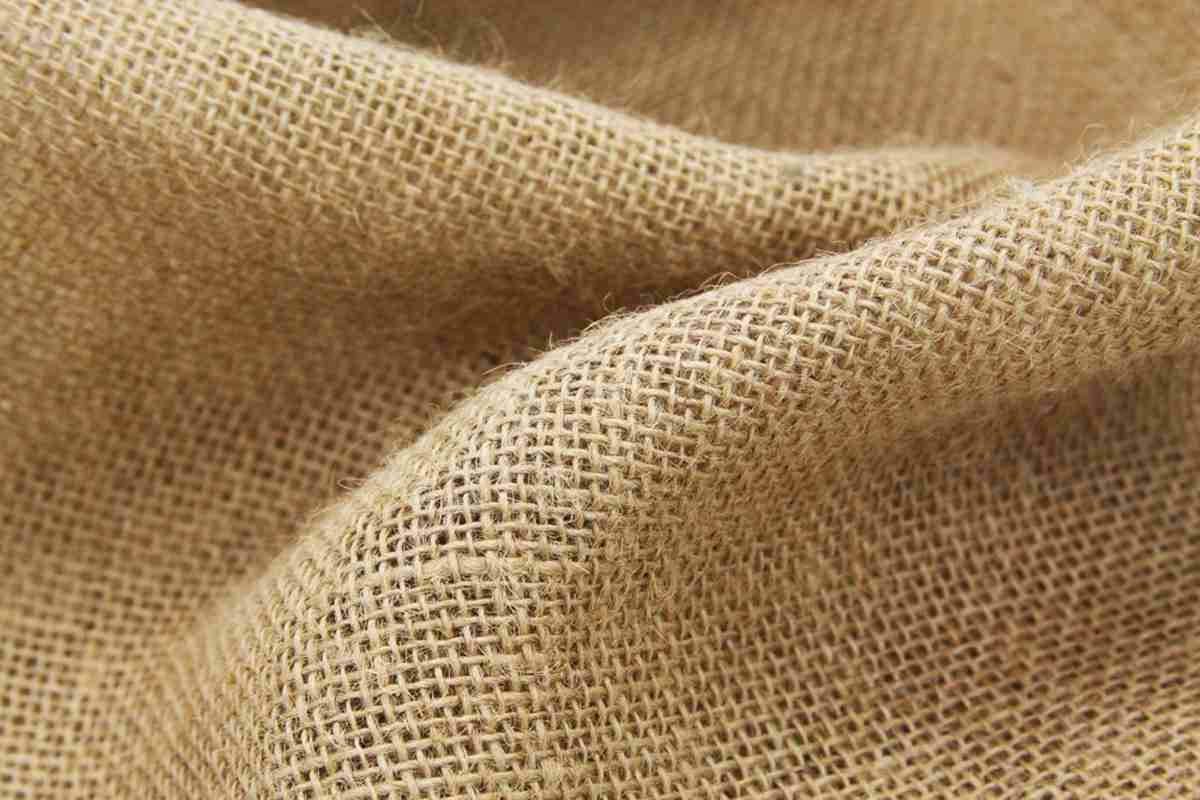 Chemicals derived from petroleum are used to make synthetic textiles like nylon and polyester. Because of this, washing these textiles is a substantial source of microplastic pollution. From lawful to unlawful and back again For a very long period, hemp was one of the most widely grown crops in the United States. Up until hemp was mistaken for his drug-producing little brother and hemp farming was made illegal. The American Declaration of Independence was really written on hemp paper, which makes it all the more bizarre when you consider that both Jefferson and Washington were hemp farmers. Hemp farming is progressively becoming allowed once more in America today. Additionally, they learn that hemp has a lot of advantages, especially when used as cloth. Frequently asked questions on hemp garments:
Chemicals derived from petroleum are used to make synthetic textiles like nylon and polyester. Because of this, washing these textiles is a substantial source of microplastic pollution. From lawful to unlawful and back again For a very long period, hemp was one of the most widely grown crops in the United States. Up until hemp was mistaken for his drug-producing little brother and hemp farming was made illegal. The American Declaration of Independence was really written on hemp paper, which makes it all the more bizarre when you consider that both Jefferson and Washington were hemp farmers. Hemp farming is progressively becoming allowed once more in America today. Additionally, they learn that hemp has a lot of advantages, especially when used as cloth. Frequently asked questions on hemp garments:
- Are hemp clothes preferable to cotton ones? And What benefits does hemp have over cotton?
Our freshwater supplies are depleted as a result of the extensive irrigation needed for cotton crops that produce the fabric for our clothes. Each kg of cotton requires 9,758 kg of water. Hemp, on the other hand, needs 2,401 to 3,401 kilos of water per kilogram. So, switching to hemp-made clothing might possibly save a lot of water.  Additionally, hemp cultivation requires approximately half the space needed for cotton cultivation. Hemp can generate three times as much fiber than on the same plot of land. Therefore, hemp farming and cotton production would not put an undue strain on the environment.
Additionally, hemp cultivation requires approximately half the space needed for cotton cultivation. Hemp can generate three times as much fiber than on the same plot of land. Therefore, hemp farming and cotton production would not put an undue strain on the environment.
- What drawbacks does hemp have?
Hemp clothing has some drawbacks, including a tendency to wrinkle, comparable to any other natural fiber that hasn't been chemically treated to avoid creasing. Another notable drawback of hemp clothing is its higher cost compared to other materials, such as many organic or natural products. This is because of a number of factors, such as manufacturing processes and the fact that hemp continues not to be as popular as many other options, including price. However, given its durability and minimal impact on the environment, it is well worth the cost. Just 0.15 percent of the world's textiles are made from hemp, so it doesn't seem like a feasible choice for consumers. The limited amount of land that may be used for cultivation and technological limitations make the viability of huge hemp-scale textile production difficult.
- Do hemp garments have a bad smell?
Clothing made from hemp has a lovely scent because it is made from natural fibers like cotton, linen, and wool. The best way to clean hemp clothing is to wash it in ice water and hang it to dry. Hemp is a healthy and hypoallergenic alternative that is less likely to smell than synthetic materials because it also prevents the growth of some bacterial and fungal species. Additionally, resistant to rotting, mold, and mildew is hemp clothing. 
- Clothes made of hemp wrinkle easily?
The answer is yes, hemp clothing often wrinkles. The fact that the fabric is made of natural fibers is the cause of any shortcomings. Because the majority of natural garments are not handled with anti-wrinkle substances like synthetic clothes, cotton, and other organic fabrics have a tendency to wrinkle and crease in specific spots. But hemp fibers naturally outperform cotton fibers in strength. they typically last a lot longer as a result.
- Is clothing made of hemp cozy?
Yes, wearing clothing made of hemp fibers is both comfortable and stylish. It's amazing how soft hemp clothing gets after each wash. Hemp conforms to extremely tiny filaments, and the best way to describe the fabric is that it feels like cotton. In order to achieve different qualities in a garment for better comfort, hemp may be mixed with other fibers. Examples include hemp silk and hemp cotton.
- Can you hike in hemp clothing?
Yes, hemp clothing is great for hiking because it is durable, light, breathable, and comfortable. The organic origins of hemp clothing make it a wonderful complement to any wardrobe. It guarantees that it is hypoallergenic and suitable for all types of skin. Since hemp fabric is used to create anti-UV clothing, it is perfect for a range of outdoor activities.
- How can I make hemp clothing softer?
Washing hemp clothing in cold water works best for softening it. The fibers will shrink and stiffen if you use hot water. Keep in mind that hemp cloth gets softer after each wash. 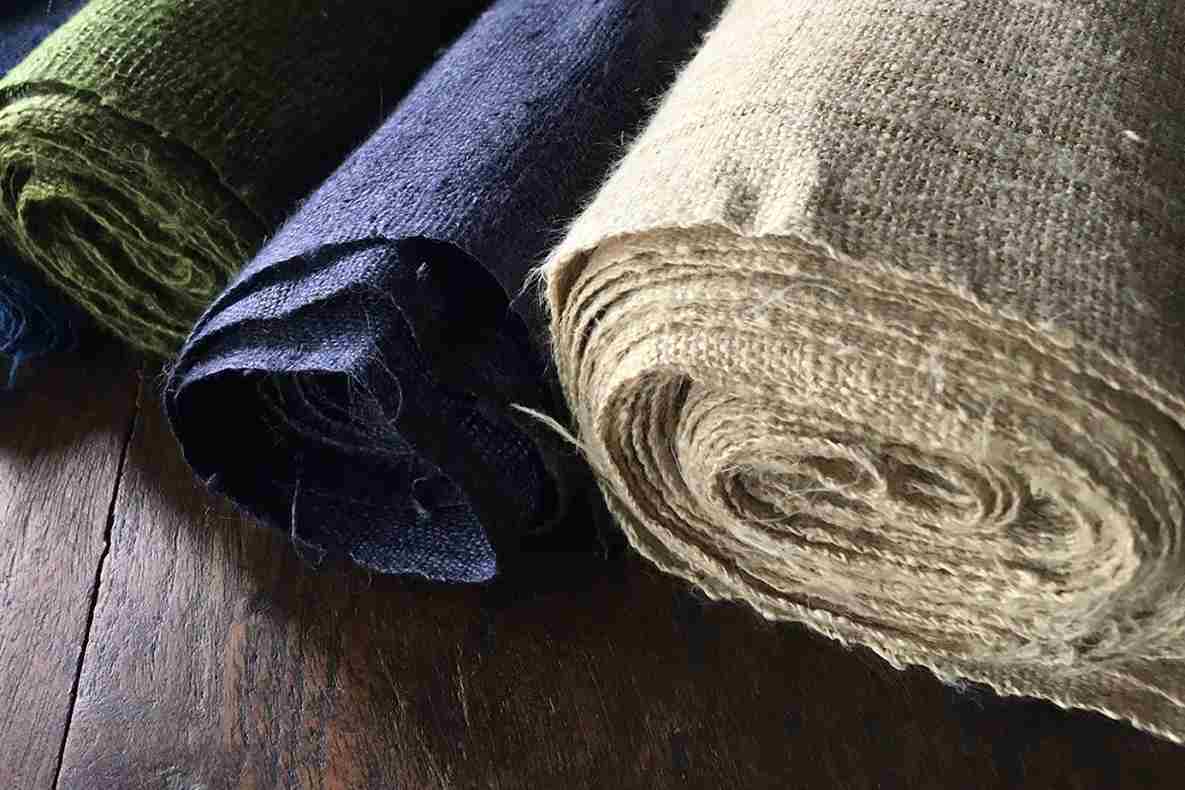 Which garments can be made from hemp? Hemp fabric can be used for bags or other accessories in addition to most forms of clothing. Because it is biodegradable and has a variety of advantages, hemp is a great fabric option for your ethical wardrobe. Choosing hemp clothing over cotton or other synthetic materials will save the environment, which may make you feel good about your decision. If you would like to alter how you purchase clothing, consider hemp!
Which garments can be made from hemp? Hemp fabric can be used for bags or other accessories in addition to most forms of clothing. Because it is biodegradable and has a variety of advantages, hemp is a great fabric option for your ethical wardrobe. Choosing hemp clothing over cotton or other synthetic materials will save the environment, which may make you feel good about your decision. If you would like to alter how you purchase clothing, consider hemp!
